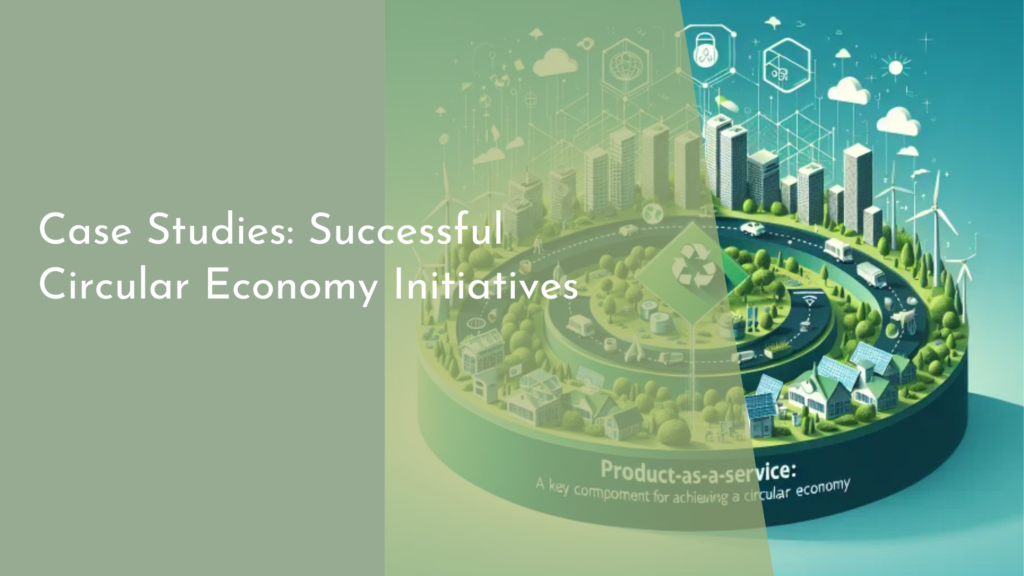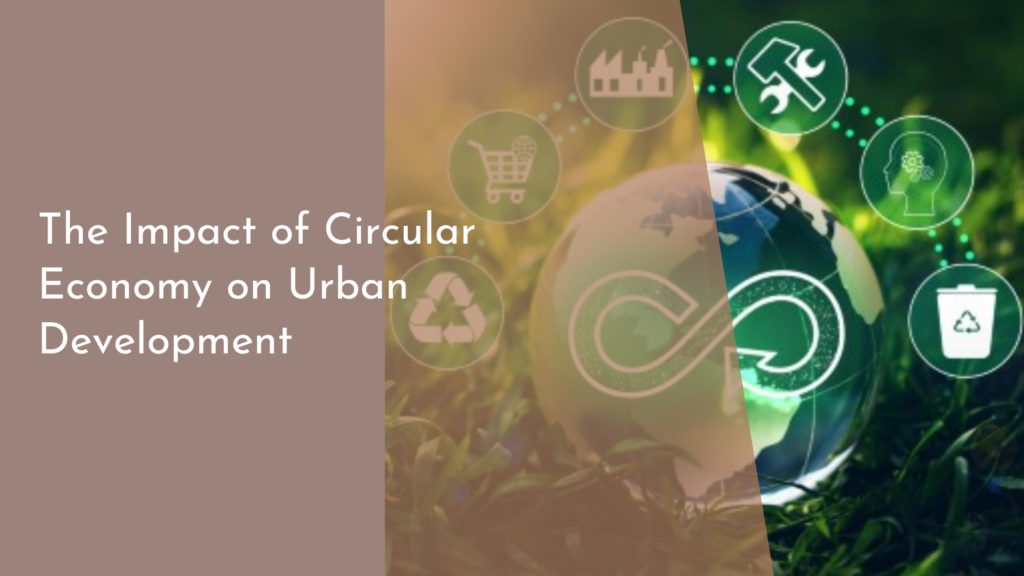How Carbon Offsetting Supports Clean Water Projects
In today’s rapidly evolving global landscape, the pressing issues of climate change and water scarcity demand urgent attention. While these challenges can seem daunting, innovative solutions like carbon offsetting offer promising pathways to address both simultaneously. By understanding how carbon offsetting supports clean water projects, we can appreciate the significant, positive impact this approach can have on communities and the environment worldwide.
Understanding Carbon Offsetting Basics
Carbon offsetting is a method by which individuals and organizations can compensate for their carbon emissions by investing in projects that reduce or remove greenhouse gases from the atmosphere. Essentially, it allows entities to balance out their carbon footprint by supporting initiatives that contribute to a healthier planet. These projects range from reforestation and renewable energy to other sustainability efforts, including clean water projects. The underlying principle is to ensure that for every ton of carbon dioxide emitted, an equivalent amount is reduced or absorbed elsewhere.
The process of carbon offsetting typically involves the purchase of carbon credits, each representing one metric ton of CO2. These credits are used to fund projects that have been verified for their carbon-reducing potential. In this way, carbon offsetting not only aids in mitigating climate change but also fosters investment in sustainable development projects around the globe. As more organizations and individuals recognize their role in the climate crisis, carbon offsetting has gained traction as a viable and impactful solution.
Linking Carbon Offsets to Clean Water
Clean water projects have emerged as pivotal components of the carbon offsetting landscape. These initiatives often involve the installation of water purification systems, the rehabilitation of natural water sources, and efforts to improve water management and sanitation infrastructure. By supporting these projects, carbon offset programs can help reduce emissions indirectly. For example, by providing communities with access to clean, nearby water sources, the need to boil water for purification is diminished, thus lowering the reliance on fossil fuels and the release of carbon dioxide.
Moreover, clean water projects aligned with carbon offsetting often focus on sustainable, community-driven solutions that have long-lasting impacts. This not only addresses immediate water scarcity and quality issues but also promotes environmental stewardship and resilience within communities. By linking carbon offsets to clean water initiatives, there is a dual benefit of reducing carbon emissions and providing vital resources to vulnerable populations, thus driving a holistic approach to climate action and sustainable development.
Real-World Benefits of Water Projects
The benefits of clean water projects funded through carbon offsetting extend well beyond environmental impacts. Economically, these projects can reduce healthcare costs by decreasing the prevalence of water-borne diseases, thus improving overall public health. Furthermore, access to clean water can boost productivity and educational outcomes, as communities no longer need to spend excessive time and resources securing safe water. Ultimately, this leads to stronger, more resilient economies that can better adapt to the impacts of climate change.
Socially, clean water initiatives foster a sense of empowerment and self-sufficiency within communities. By involving local stakeholders in the planning and implementation of these projects, there is an increased sense of ownership and responsibility. This participatory approach ensures that solutions are culturally appropriate and sustainable in the long run. Furthermore, by prioritizing clean water access, carbon offsetting supports gender equality, as women and children often bear the burden of water collection, thus freeing up time for education and other opportunities.
Concluding Thoughts: A Brighter, Cleaner Future
As we face the dual challenges of climate change and water scarcity, innovative solutions like carbon offsetting provide a beacon of hope. By investing in clean water projects through carbon offsets, we are taking tangible steps toward a sustainable future. These initiatives demonstrate that climate action can be inclusive, addressing multiple issues simultaneously while empowering communities and enhancing their resilience.
The synergy between carbon offsetting and clean water projects exemplifies how collaborative efforts can lead to significant, lasting change. By supporting these initiatives, we can help pave the way for a brighter, cleaner future where both people and the planet can thrive. As individuals and organizations continue to embrace their roles in this global endeavor, the promise of a sustainable world becomes ever more attainable, inspiring optimism and action across generations.



